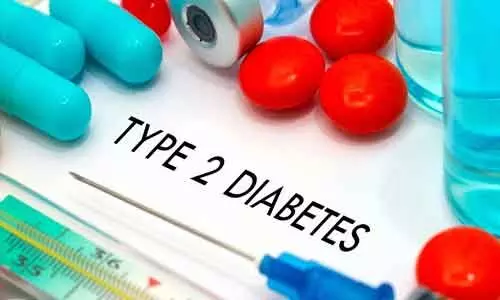According to Ayurveda, there are two main causes of Type 2 diabetes – Aasya Sukha and Swapna Sukha. In Sanskrit, Aasya means mouth, Swapna means sleeping/dreaming/sedentary life and Sukha means happiness/ecstasy/feeling good. How to diagnose Type 2 diabetes? The most common way to diagnose Type 2 diabetes was just through the symptoms. Most people with diabetes would often complain of the following symptoms: Excessive urination Excessive thirst Excessive hunger However, this was a thing of the past. 80% of the people who come to me today do not have any symptoms. Most often, they wouldn’t even know if they have diabetes unless they take a blood test. Types of blood tests to diagnose diabetes Here are two of the most basic blood tests you can do to diagnose diabetes: Hba1c Hba1c calculates your average blood sugar levels over the last 3 months. You do not need to fast for this test. If your Hba1c is more than 6.4%, you have diabetes and if your Hba1c levels are between 5.7% and 6.4%, you are prediabetic. Fasting blood sugar You need to fast (you can have water) for 8 hours before you take this test. You have diabetes if your fasting blood sugar is higher than 126 mg/dl. If it is between 100 and 126 mg/dl, it indicates prediabetes; therefore, one should consider making lifestyle changes. Ways to keep your diabetes under control Here are two tips that will help, in addition, keep your diabetes under control: Nishamalaki If you are a prediabetic, have “nishamalaki” every day. Nisha” means turmeric, and “Amalaki,” on the other hand, means Amla or Indian Gooseberry. Here’s how you can prepare Nishamalaki: First, crush 2 amla and make a paste; then, add 2 pinches of turmeric to it. Mix and consume after breakfast. Early dinner If you are a diabetic, then try to have an early dinner. It is advisable; therefore, not to have dinner after 6 – 6:30 pm. In the evening, however, your digestive fire (Agni) is the lowest. When you have a heavy meal after sunset, a part of it does not get digested and gets converted into undigested toxic waste (Ama) in your system. Ama and Kapha have the same properties. When Ama increases, Kapha increases. Diabetes is primarily caused due to an increase in Kapha. Therefore, eating an early, light dinner is the best thing for diabetes! Can you reverse diabetes? Yes, you can! With the help of Ayurveda. If diabetes is diagnosed within 5 years of its onset, you are in the “golden period” to reverse diabetes easily with an Ayurvedic diet and herbs. After 5 to 10 years, if untreated or undiagnosed, your body will start showing complications due to diabetes, eventually affecting the nerves, kidneys, eyes, etc. At this stage, Ayurveda can still help you reverse diabetes, but with some effort. However, the earlier you diagnose diabetes and the earlier the treatment, the better and faster the results. Even after doing everything, if your sugar levels are not coming under control, you may need individualised treatment with simple and mild herbs depending upon your body conditions. If you still think diabetes (Type 2) is “deadly”, not reversible and you will have to live with it forever, check out my three-month Type 2 diabetes reversal program. If you are struggling with any health issues, you can either book a consultation with us or send us a message via WhatsApp to +91 79074 89839. We have the best Ayurvedic doctors in Trivandrum who are always glad to help you. If you have any queries, contact us. You can also visit us at our hospital.
Type 2 Diabetes – Ayurvedic Diagnosis and Management
